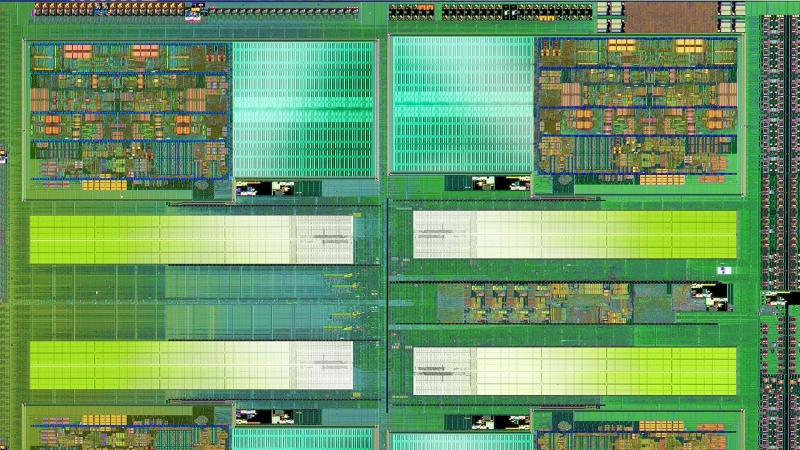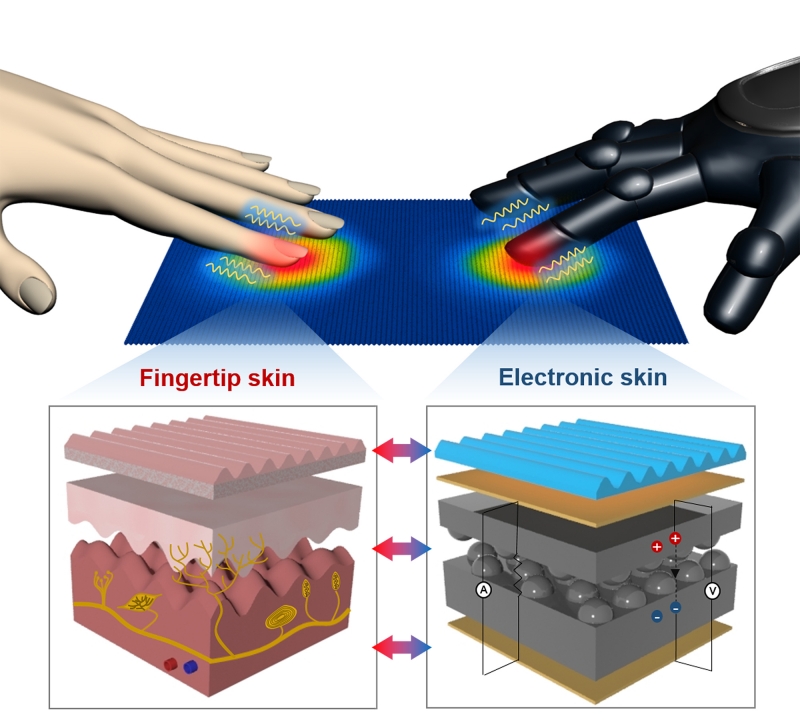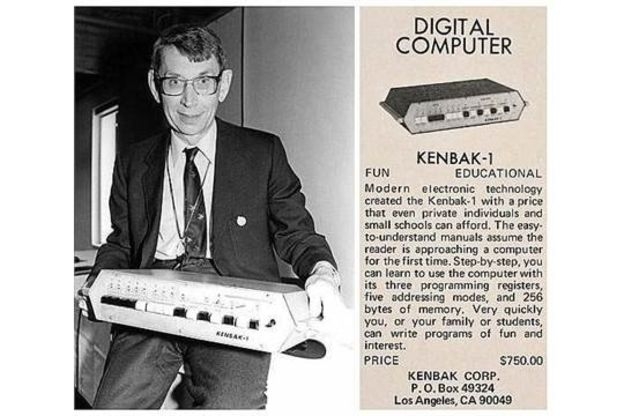
AMD sued over allegedly misleading Bulldozer core count It even shows up on the software end that way, with the Bulldozer CPU reporting a full eight cores in system diagnostics. If you'd like to follow the case you can on this site and here is the case information: U.S. District Court For the Northern District of California, San Jose Division Case number 5:15-cv-04922-PSG. Financial Spots
Beware bad USB-C cables, Google engineer warns -- while naming names An engineer at Google has taken up a personal campaign against non-compliant USB-C adapter cables, warning of potential charging problems or device damage. Benson Leung, who worked on Google’s latest Chromebook Pixel and Pixel C tablet, has been calling out the guilty cables in his reviews on Amazon. PCWorld
Leaked Comcast talking points admit caps not about congestion As DSLReports was the very first to report, Comcast this week dramatically expanded the company's usage caps into a notable number of new markets. Users in these markets now face 300 GB caps and $10 per 50 GB overage fees, with a few of the "trial" markets getting the option of paying $30 to $35 to bypass the caps entirely. Customers are of course annoyed about the expanding policy, unimpressed with Comcast's claim the new rate hike is about "fairness." DSL Reports (earlier TechSpot coverage)
What do WebLogic, WebSphere, JBoss, Jenkins, OpenNMS, and your application have in common? This vulnerability. The most underrated, underhyped vulnerability of 2015 has recently come to my attention, and I’m about to bring it to yours. No one gave it a fancy name, there were no press releases, nobody called Mandiant to come put out the fires. In fact, even though proof of concept code was released OVER 9 MONTHS AGO, none of the products mentioned in the title of this post have been patched, along with many more. FoxGlove Security
Electronic skin feels the heat, hears the sound A new electronic skin can feel the grain of sand paper, the heat and beat of a person's pulse -- and listen to Richard Feynman’s voice, too. Rubbery plastic-and-graphene film mimicking the structure of human skin can detect texture, temperature, pressure and sound, Hyunhyub Ko and colleagues report October 30 in Science Advances. It's the first time anyone has demonstrated an e-skin that can sense so many different kinds of stimuli... Science News

CIA email hackers return with major law enforcement breach Hackers who broke into the personal email account of CIA Director John Brennan have struck again. This time the group, which goes by the name Crackas With Attitude, says it gained access to an even more important target -- a portal for law enforcement that grants access to arrest records and other sensitive data, including what appears to be a tool for sharing information about active shooters and terrorist events, and a system for real-time chats between law enforcement agents. Wired
The IBM Power8 Review: Challenging the Intel Xeon Five years. That is how much time has passed since we have seen an affordable server processor that could keep up with or even beat Intel's best Xeons. These days no less than 95% of the server CPUs shipped are Intel Xeons. A few years ago, it looked like ARM servers were going to shake up the market this year, but to cut a long story short, it looks like the IBM POWER8 chip is probably the only viable alternative for the time being. AnandTech
Memory-boosting devices tested in humans A strategy designed to improve memory by delivering brain stimulation through implanted electrodes is undergoing trials in humans. The US military, which is funding the research, hopes that the approach might help many of the thousands of soldiers who have developed deficits to their long-term memory as a result of head trauma. Nature.com
How a group of neighbors created their own Internet service When you live somewhere with slow and unreliable Internet access, it usually seems like there’s nothing to do but complain. And that's exactly what residents of Orcas Island, one of the San Juan Islands in Washington state, were doing in late 2013. Faced with CenturyLink service that was slow and outage-prone, residents gathered at a community potluck and lamented their current connectivity. Ars Technica
Harvesting more energy from photons Researchers at MIT and elsewhere have found a way to significantly boost the energy that can be harnessed from sunlight, a finding that could lead to better solar cells or light detectors. The new approach is based on the discovery that unexpected quantum effects increase the number of charge carriers, known as electrons and "holes," that are knocked loose when photons of light of different wavelengths strikes a metal surface coated with a special class of oxide materials known as high-index dielectrics. MIT
Your lamp or baby monitor is responsible for slow broadband, Ofcom says One in five households is suffering from poor Internet connection because their router is placed too close to a lamp, phone, stereo or baby monitor, the telecoms watchdog warns. Sharon White, chief executive of Ofcom, says many homes receive a fast broadband connection through their phone line, only for the signal to be hit by "interference" on its way to a computer or tablet. Telegraph
The decay of Twitter On Tuesday, Twitter Inc. announced another dreary set of quarterly earnings. While the company beat investor expectations, it's still running at a loss of $132 million after taxes. Its fourth-quarter projections seem low. Worst of all, its namesake product has essentially failed to add any active American users in 2015. Twitter stock fell more than 10 percent after the announcement. The Atlantic
The man who made 'the world's first personal computer' When the definitive history of the personal computer is written, familiar and historic names such as Olivetti, Apple, IBM, will all be given recognition for their innovations of the 1960s and 1970s. But will future generations remember visionary John Blankenbaker, and his ground-breaking invention, the Kenbak-1 Digital Computer? It was a machine that first went on sale in 1971 and is considered to have been the world's first "commercially available personal computer"... BBC

Ocean-mapping robots could help uncover mysteries of the Deep Blue A swarm of pumpkin-shaped robots is being developed to map oceans, gathering maritime data for use in tourism, reef monitoring and anti-terrorism among other applications. The Eve robot -- or Ellipsodial Vehicle for Exploration – was created by Sampriti Bhattacharyya, a robotics engineer at the Massachusetts Institute for Technology (MIT). The Stack
https://www.techspot.com/news/62708-weekend-tech-reading-amd-sued-over-bulldozer-cores.html